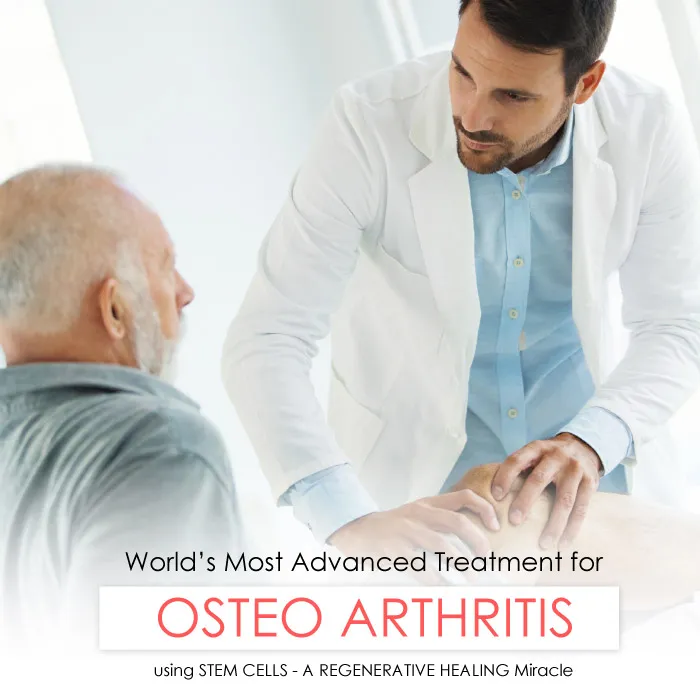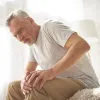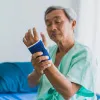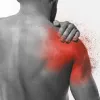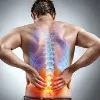- HOME
- ABOUT US
- CONTACT
- OUR TEAM
-
HAIR TRANSPLANT
- Hair Transplant
- FUE Hair Transplant
- Cost of Hair Transplant
- ------------
- FUT Hair Transplant
- DHI Hair Transplant
- ------------
- Hair PE-R-PE
- Hair Fall Treatment
-
SKIN CARE
- Skin Specialist in karachi
- Skin Whitening Injections
- Glutathione Injections
- Laser Hair Removal
- Hifu Treatment
- Facials(Hydra, BB) & More
- Hair PE-R-PE
- Face PE-R-PE
- Thread Lift
- B@t@x & Fillers
- Chemical Peel
- Mesotherapy Treatment
- Microdermabrasion
- Acne & Acne Scar Treatment
- Dark Circles Treatment
- Pigmentation, Melasma, Freckles
- Moles, Warts, Skin Tags Removal
- Alopecia Treatment
- Puffy Eyes & Eye Bags Treatment
- Open Pores Treatment
- Stretch Marks Treatment
- Hair Fall Treatment
- Dull Skin Treatment
- ORTHOPEDICS
- DENTIST
- ERECTILE DYS.
Contact Information
Address:
130-C, DHA Phase 1, Near Tooba Masjid, B-Commercial Area, Karachi.
Call Now at:
PHONE: 0330-3412233
Skin Care & Hair Transplant: 0330-3412233
Orthopedic: 0335-7712233
Erectile Dysfunction: 0325-3412233
- Ph: 0330-3412233 | 0325-3412233

Free CallBack
Drop Details Below & Share Your Concerns. Our Team Will Contact You Shortly!
Name:
Phone:
Issue:
Message:
Contact & Address Details
Address:
130-C, DHA Phase 1, Near Tooba Masjid, B-Commercial Area, Karachi.
Email: hashclinics@gmail.com
Call Now at:
PHONE: 0330-3412233
Skin Care: 0330-3412233
Hair Transplant: 0327-3412233
Orthopedic: 0335-7712233
Dentist: 0326-3412233
Erectile Dysfunction: 0325-3412233
